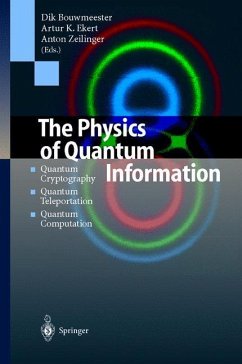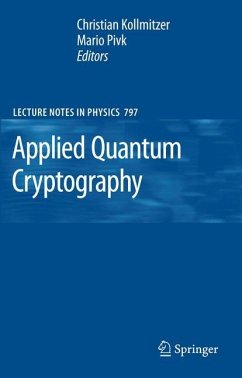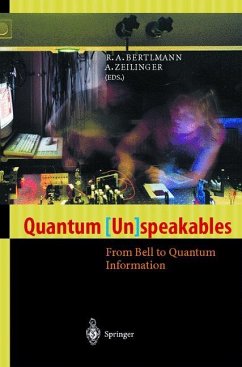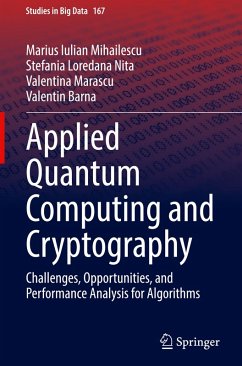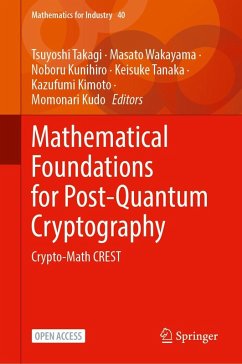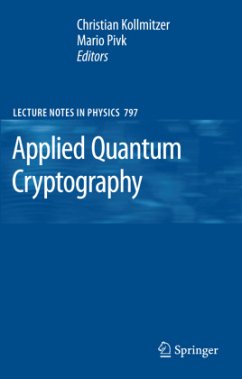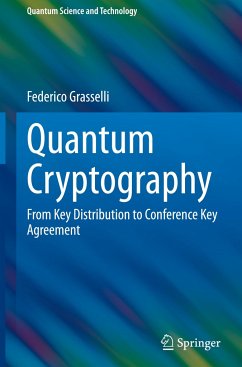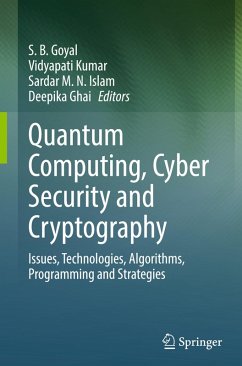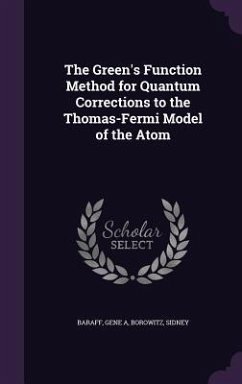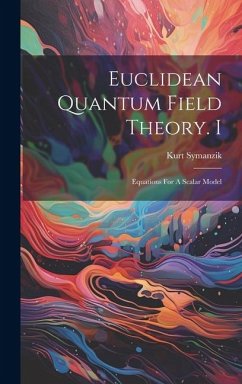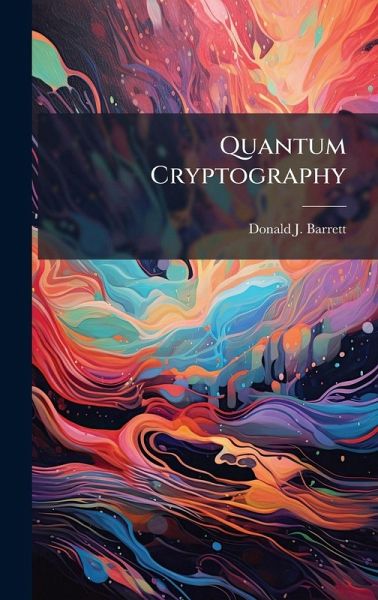
Quantum Cryptography
Versandkostenfrei!
Versandfertig in über 4 Wochen
25,99 €
inkl. MwSt.
Weitere Ausgaben:

PAYBACK Punkte
13 °P sammeln!
This paper recommends the U.S. Air Force develop an in depth understanding of quantum mechanics and more specifically its application to cryptography. A survey of scientists and academic institutions conducting experiments to better understand and apply quantum cryptography clearly shows the inevitability of quantum encryption. The effort to gain and apply this knowledge must be accomplished with the full understanding that quantum cryptography is not a fork in the road requiring a decision, but a technological inevitability. Understanding how this type of cryptography will impact the executio...
This paper recommends the U.S. Air Force develop an in depth understanding of quantum mechanics and more specifically its application to cryptography. A survey of scientists and academic institutions conducting experiments to better understand and apply quantum cryptography clearly shows the inevitability of quantum encryption. The effort to gain and apply this knowledge must be accomplished with the full understanding that quantum cryptography is not a fork in the road requiring a decision, but a technological inevitability. Understanding how this type of cryptography will impact the execution of operations, executed unilaterally or in partnership with allied and coalition militaries is also a must. A dedicated effort to support the research and development of technologies designed to enhance the benefits quantum cryptography must be realized. Developing policies and procedures freeing military leaders to permit foreign partners to access technology and information, especially during the planning and execution of operations, must be integrated into military doctrine. This work has been selected by scholars as being culturally important, and is part of the knowledge base of civilization as we know it. This work was reproduced from the original artifact, and remains as true to the original work as possible. Therefore, you will see the original copyright references, library stamps (as most of these works have been housed in our most important libraries around the world), and other notations in the work. This work is in the public domain in the United States of America, and possibly other nations. Within the United States, you may freely copy and distribute this work, as no entity (individual or corporate) has a copyright on the body of the work. As a reproduction of a historical artifact, this work may contain missing or blurred pages, poor pictures, errant marks, etc. Scholars believe, and we concur, that this work is important enough to be preserved, reproduced, and made generally available to the public. We appreciate your support of the preservation process, and thank you for being an important part of keeping this knowledge alive and relevant.



